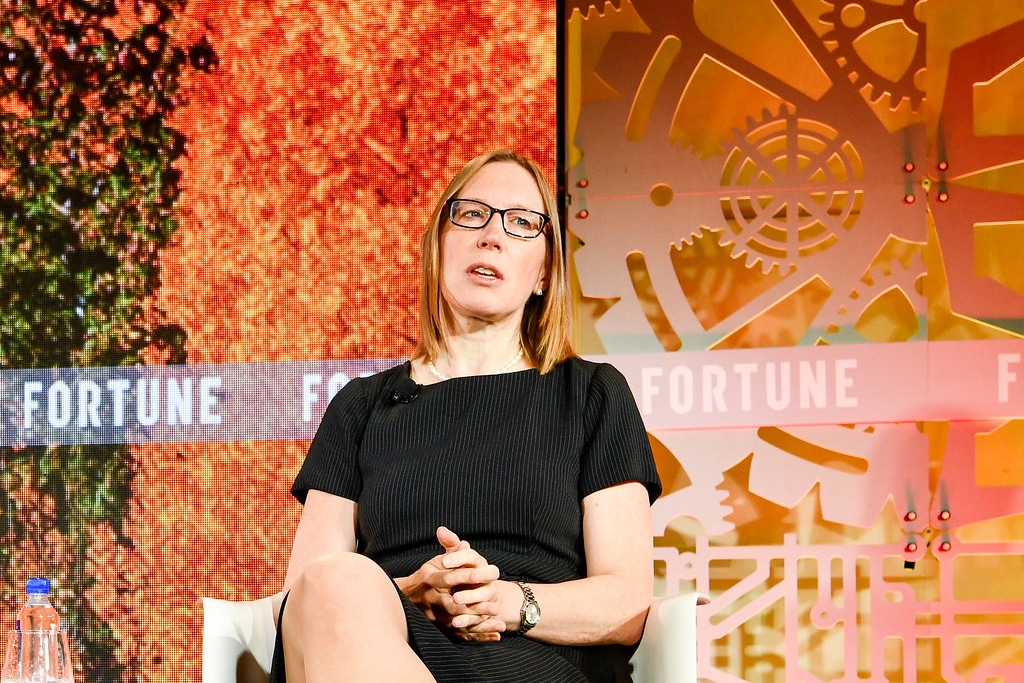Per the new version of the Safe Harbor proposal, if a project meets neither of the specified requirements, it will have a few months to register with the SEC as a securities issuer.
Providing regulatory clarity for the cryptocurrency ecosystem in the United States has never been easy. This may perhaps be because of the lack of preparation on the part of the authorities for such intrusive innovations as blockchain technology and its accompanying crypto inventions. The lack of regulatory clarity has spelled many woes for fintech firms building products in the nascent space, and the Ripple-SEC legal showdown is one of the many aftermaths of the unclear regulations in general. To address this challenge, Hester Peirce, a commissioner with the United States Securities and Exchange Commission made a crypto Safe Harbor proposal last year, citing amongst many things the need to give cryptocurrency startups some breathing space before they are subjected to US SEC regulations.
The proposal as of then was not supported by fellow commissioners but the cryptocurrency ecosystem was elated at the thoughtfulness on the part of the commissioner.
With a new SEC Chair, Gary Gensler on board, Peirce has highlighted a revised Token Safe Harbor proposal that defines what a successful project would look like. While the first version proposed a three year grace period for projects to build their products and ecosystem before being compelled to adhere to the SEC compliance guidelines, the new version went further to highlight the need for firms to tap outside counsel to evaluate their projects and create a report assessing whether the project meets certain criteria to be considered “decentralized” or “functional.”
Per the new version of the Safe Harbor proposal, if a project meets neither of the aforementioned requirements, it will have a few months to register with the SEC as a securities issuer. If however, the startup comes out as a functional and centralized organization, it may ultimately be exempted from registering with the commission at all.
Concerns with the New Safe Harbor Proposal by Peirce
Just like the first Safe Harbor proposal for crypto projects, there are unclear phrases in this second version as well. One of the major highlights is how a company will be classified either as a centralized or a decentralized one.
“You can imagine a more centralized situation where there’s still a functional network,” Peirce told CoinDesk. “I hope to get feedback on that second part because a lot of people on the initial version were really focused on ‘how do we figure out decentralization,’ so maybe people will feel strongly that that second piece should change or is not necessary.”
While her aim is primarily targeted at creating a standard to determine if a project should be regulated by the SEC or not, the entire industry will have to be involved in providing the necessary inputs for both the first and the second proposals as a whole. Peirce posted the Safe Harbor proposal on Github and that way, stakeholders can lend their voice to what she is proposing.
The Era of Change?
In the past SEC administration, key projects in the space including Telegram’s failed Gram token project, and the Diem Project (Formerly dubbed the Libra Project) amongst others were stiffened and could not see the light of day. Expectations abound that the ascension of Gary Gensler, who has a positive disposition toward digital currencies will allow for new competitive innovations to spring up in the US tech and market ecosystems respectively. Just as Commissioner Peirce is optimistic for change with her Safe Harbor proposal, so also is the crypto space keeping up hopes for a better era in Gensler’s 5-year reign.
